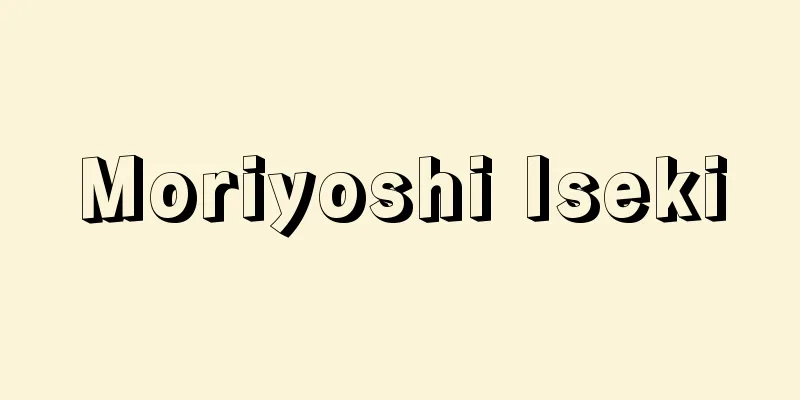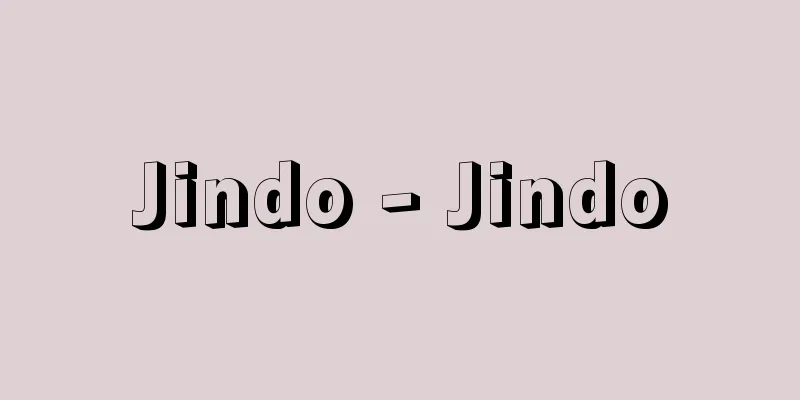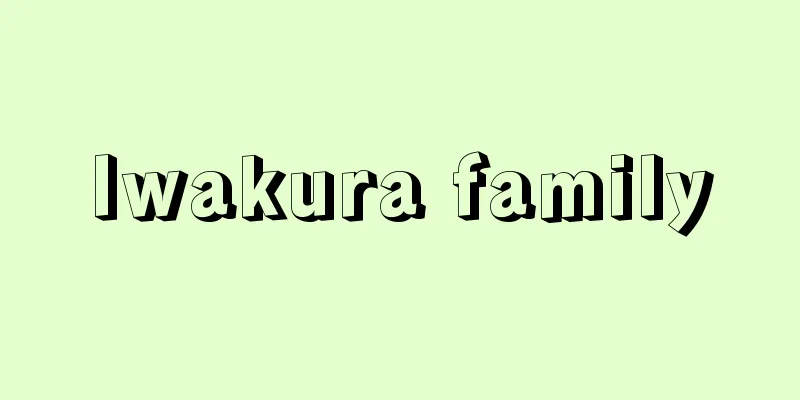Family allowance - Kazokute Ate

|
Family benefits have two meanings. First, they are "wages" paid by employers to employees. Second, they are "social benefits" under the social security system. The 1952 ILO Convention on Minimum Standards of Social Security (International Labour Convention) uses the term "family benefits" and defines them as one of the social security benefits. Family allowances as wages are not compensation for actual work, but are subsidized living allowances paid to workers with dependents who require living expenses. They are also called dependent allowances or spouse allowances. Labor law does not require employers to pay family allowances, but according to the "Employment System Survey Report" (2002), 83.5% of companies pay them, and they are used as one of the methods of Japanese management. However, they are rarely paid to non-regular employees. The payment standard can be decided by the labor-management autonomy, but the amount varies depending on whether the person is a spouse or not, the number of dependents, etc. Payment based on gender is a violation of Article 4 of the Labor Standards Act. Family allowances began to be paid around World War I, and many companies adopted the family allowance system during the wage control under the wartime system of World War II. Even after the war, the so-called Densan (Japan Electrical Industry Workers' Union Council) type wage system became widespread, and the idea of a living security allowance consisting of a worker's salary, which is the worker's own living expenses, and a family allowance, which is the family's living expenses, became widespread. Currently, in addition to basic salary based on job and occupational skills, family allowances are provided as a form of living support. Family allowances as social benefits are cash payments to families with dependent children. They are funded by taxes or employer contributions. France is famous for providing various cash benefits related to families, collectively called family benefits. Individual employers who had been paying additional wages as family wages to workers with children since the late 19th century voluntarily established family allowance compensation funds in the early 20th century, and participating companies came up with a system of sharing the burden by paying contributions. This system spread and became a national system in 1932, with employers being compulsory members. In other words, what was originally a wage later became a social allowance, and is now positioned as part of family policy. The funding was once 100% borne by employers, but now workers and others also pay as general social contributions. France has two family benefits, one with an income limit and one without; the former are based on vertical solidarity to improve the situation of low-income families, while the latter are based on horizontal solidarity between families with children and other members of society (such as childless couples) by partially compensating for the burden posed by children. In Japan, the equivalent of family allowance is child allowance. In a broad sense, child support allowance can also be included in family allowance. [Machiko Kamio] "Childcare Support in France: Family Policy and Freedom of Choice" by Kamio Machiko (Overseas Social Security Research, No. 160, 2007, National Institute of Population and Social Security Research) [References] | | | |Source: Shogakukan Encyclopedia Nipponica About Encyclopedia Nipponica Information | Legend |
|
家族手当は、二つの意味をもっている。第一に、使用者が労働者に支払う「賃金」である。第二に、社会保障制度の「社会手当」である。1952年の社会保障の最低基準に関するILO条約(国際労働条約)は、家族給付ということばを使い、社会保障の給付の一つに規定している。 賃金としての家族手当は、実際の労働に対する対価ではなく、生計費のかかる扶養家族のいる労働者に対して支給される生活補助的手当である。扶養手当、配偶者手当などとも称される。労働法は、家族手当の支払いを使用者に義務づけていないが、「雇用システムに関するアンケート調査報告書」(2002)によると、83.5%の企業が支給しており、日本的経営の一つの手法として使われている。しかし、非正規従業員にはほとんど支給されていない。支給基準は労使自治で決めることができるが、配偶者か否か、扶養する家族の数などによって、額が異なっている。性別を基準とする支給は、労働基準法第4条違反となる。家族手当は、第一次世界大戦ごろから支給されるようになり、第二次世界大戦の戦時体制下の賃金統制のなかで、多くの企業で家族手当の制度が採用されるようになった。戦後も、いわゆる電産(日本電気産業労働組合協議会)型賃金体系が普及し、労働者自身の生活費である本人給と家族の生活費である家族給からなる生活保障給の考え方が広まった。現在は、職務・職能給としての基本給に加えて、生活補助的手当の一つとして家族手当が支給されている。 社会手当としての家族手当は、子供を扶養している家族に対する現金給付である。財源は税金あるいは事業主負担となっている。フランスは、家族給付と総称される家族にかかわるさまざまな現金給付を行っていることで有名である。19世紀後半ごろから子供のいる労働者に家族賃金として付加賃金を支給していた個々の使用者が、20世紀初頭に自主的に家族手当補償金庫を設立し、参加企業は拠出金を払い込み、負担を分かち合う仕組みを考え出した。その仕組みが普及し、1932年に国の制度となり、使用者は強制加入となった。すなわち、当初賃金であったのが、のちに社会手当になり、現在は家族政策のなかに位置づけられている。財源は、かつては事業主が100%負担していたが、今は労働者なども一般社会拠出金として負担している。フランスの家族給付には、所得制限のあるものとないものがあり、前者は低所得の家族の状況を改善する垂直的連帯、後者は子供がもたらす負担の部分的補償という子供のいる家族と他の社会構成員間(子供のいないカップルなど)の水平的連帯に基づいている。 日本で家族手当に相当するのは、児童手当である。広い意味では、児童扶養手当も家族手当に含めることができる。 [神尾真知子] 『神尾真知子著「フランスの子育て支援――家族政策と選択の自由」(『海外社会保障研究』160号所収・2007・国立社会保障・人口問題研究所)』 [参照項目] | | | |出典 小学館 日本大百科全書(ニッポニカ)日本大百科全書(ニッポニカ)について 情報 | 凡例 |
>>: Family inheritance - Kazokuseshuzaisan (English spelling) Familienfideikommisse [Germany]
Recommend
Bessarion, Johannes
Born: circa 1400, Trebizond Died November 19, 1472...
Tokai Nature Trail
A promenade stretching from Takao in Tokyo to Mino...
advertisement
...Public service advertisements, also called pub...
Boleslav I
…Wenceslaus (Holy King, reigned 921-929) actively...
Agave tequilana (English spelling) Agave equilana
… [Hiroshi Yuasa]. … *Some of the terminology tha...
MMPI - MMPI
See the Minnesota Multiphasic Personality Invento...
Kamada Ryuo
A scholar of Shingon in the late Edo period. His ...
Odaka Shrine
...There is a silk weaving industry that was star...
Clytostoma
It is an evergreen climbing shrub of the Bignoniac...
Cylinder - Cylinder
〘 noun 〙① A round cylinder. ※Zoka Myoyo Odd Storie...
Five grains - Gokoku
Among the staple grains, the five most important ...
Oligomer enzyme
...Furthermore, depending on how these secondary ...
Umasuge - Umasuge
... Ecologically, sedges can be found under all k...
Taisho Democracy - Living in the Taisho Era
This refers to the democratic and liberal tendenc...
Caro, A. (English spelling) CaroA
...In the narrow sense, it refers to the above ex...









